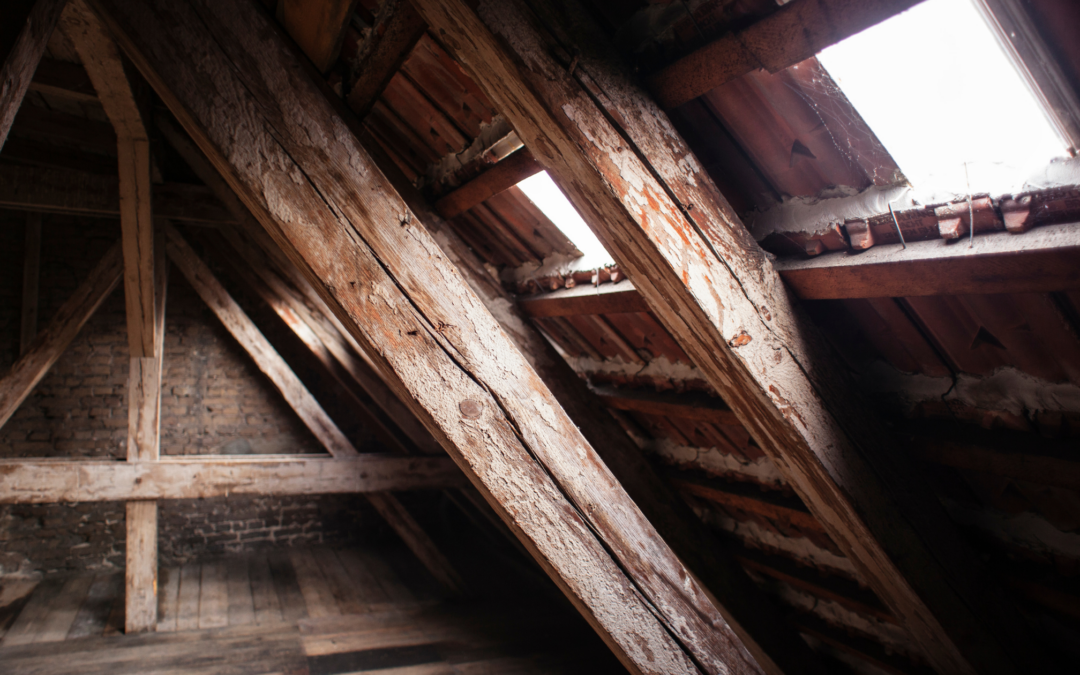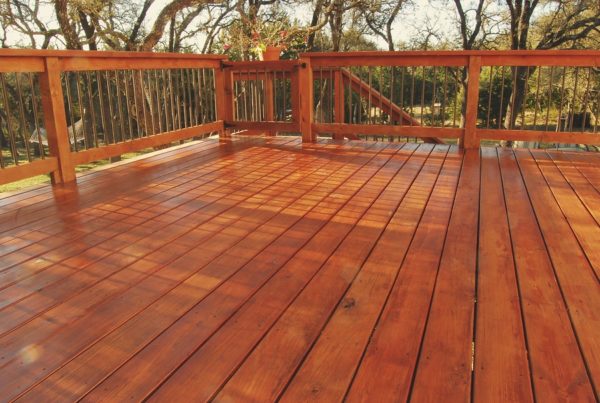READY TO GET STARTED?
REQUEST A FREE ESTIMATE
Fill out the form below or call (888) 466-7849 for a free, no-obligation estimate.

When it comes to maintaining a comfortable and energy-efficient home in Georgia, attic insulation plays a crucial role. Proper attic insulation not only keeps your home cool in the summer and warm in the winter but also contributes to the overall health of your home. As a pest control company in Georgia, we understand that insulation is a key component in protecting your home from pests and other issues. In this blog, we’ll explore the benefits of attic insulation, the importance of energy efficiency, and how proper insulation can contribute to a healthier home environment.
Attic insulation acts as a barrier between your living space and the outside environment, regulating temperature and preventing the exchange of heat. In Georgia’s diverse climate, where hot summers and mild winters are common, this regulation is essential for maintaining a comfortable indoor temperature year-round.
One of the most significant benefits of attic insulation is improved energy efficiency. Without adequate insulation, heat can easily escape during the winter or enter during the summer, causing your HVAC system to work harder to maintain a comfortable temperature. This increased workload leads to higher energy bills. By insulating your attic, you can reduce the amount of heat transfer, keeping your home cooler in the summer and warmer in the winter, ultimately lowering your energy costs.
Proper attic insulation ensures that your home maintains a consistent temperature throughout the year. This consistency not only contributes to energy efficiency but also enhances overall comfort. During the sweltering Georgia summers, a well-insulated attic can prevent excessive heat from entering your living spaces, allowing you to enjoy a cooler indoor environment. Similarly, in the winter, insulation helps retain heat, keeping your home warm and cozy.
Attic insulation also plays a vital role in pest control. Pests such as rodents, insects, and birds often seek shelter in attics, especially during extreme weather conditions. Poorly insulated attics can provide easy entry points and nesting areas for these pests. By ensuring proper insulation, you can seal gaps and cracks that pests use to enter your home. Additionally, some insulation materials, like spray foam, can act as a deterrent to pests, making it less likely for them to infiltrate your attic.
Moisture can be a significant issue in homes, leading to mold growth and structural damage. In Georgia, where humidity levels can be high, attic insulation can help control moisture levels in your home. Insulation acts as a barrier, preventing moisture from seeping into your living spaces. This not only protects your home’s structural integrity but also improves indoor air quality by reducing the risk of mold and mildew growth.
Another advantage of attic insulation is its ability to soundproof your home. Insulation materials can absorb sound, reducing the transmission of noise from the outside and between rooms. This is particularly beneficial if you live in a noisy neighborhood or near busy roads. A quieter home environment contributes to a more peaceful and relaxing living space.
Proper attic insulation requires selecting the right materials and ensuring they are installed correctly. There are several types of insulation materials available, each with its own benefits:
When insulating your attic, it’s essential to consider the R-value, which measures the insulation’s thermal resistance. The higher the R-value, the better the insulation’s effectiveness. In Georgia, it’s recommended to have an R-value of R-30 to R-60, depending on your home’s specific needs.
Attic insulation is more than just a way to keep your home comfortable; it’s an investment in your home’s overall health and energy efficiency. By properly insulating your attic, you can enjoy lower energy bills, enhanced comfort, and protection against pests and moisture. As a pest control company in Georgia, we encourage homeowners to prioritize attic insulation as part of their home maintenance routine. Not only will it improve your home’s energy efficiency, but it will also contribute to a healthier and more comfortable living environment.

Spring isn’t the only time of year you should clean and prepare your home. Fall is the perfect time to get your house ready for the dampness that comes with the change of seasons. Two of the most common ways to combat moisture is with sealants and waterproofing. Sealants are predominantly used in basements to help keep the moisture out. Waterproofing via different methods is mostly used on wood around your home.
More than half of US homes have an issue with moisture in their basements. Some common causes of moisture in the basement include condensation, runoff, and leaks. A good basement sealant is vital to protecting the contents of your home and your foundation from moisture. Most basement sealants are simple enough to be a DIY project for you. So what should you do?
Once you’ve identified any issues and fixed them, you can then apply your sealant. Sealants coat basement walls and floors for quick waterproofing that can also be decorated! You may need to apply more than 1 coat depending on the size and condition of your walls and floors.
Wood is the world’s oldest and most common building material. Without any protection, wood is subject to damage from moisture and high humidity leading to swelling, warping, and even rotting. Unprotected wood is also left exposed to pests like termites. Choosing the best method of waterproofing your wood depends on several factors including whether or not the wood is on the interior or exterior of your home and whether or not it is light or dark grained. So what options are out there?

With Spring only a few weeks away, now is a good time to start preparing for allergy season. And what’s one of the major causes of allergies and asthma? PESTS! Don’t suffer through the beautiful spring season this year. Here are some tips to keep your home pest and allergen-free.
Pest prevention measures can be very effective at combating allergies and asthma. Common household pests, like cockroaches and stinging insects, can pose a significant threat to asthma and allergy sufferers. Roach droppings, saliva, shed skins and other body parts contain allergen proteins known to cause flare-ups and increase asthma symptoms, especially in children. And stinging insects send more than 500,000 people to the emergency room each year due to serious reactions from the pest’s venom.
The first step to a pest and allergen-free home: practice good sanitation.
In addition, the National Pest Management Association (NPMA) recommends the following tips for safeguarding homes against common indoor allergens caused by pests: